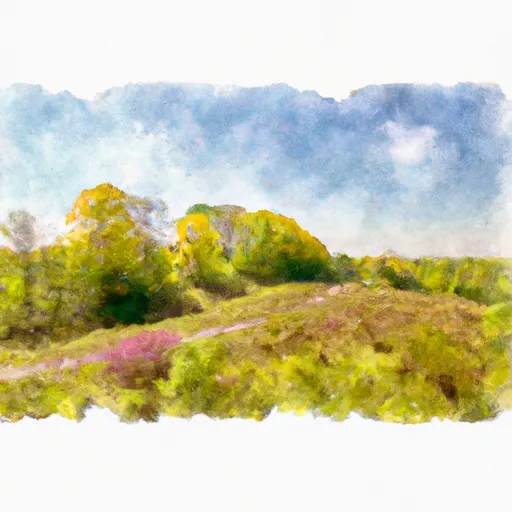°F
°F
mph
Windspeed
%
Humidity











Warren, Ohio is a city located in the northeastern part of the state, known for its diverse climate and abundant outdoor recreation opportunities. The city experiences a humid continental climate, characterized by hot summers and cold winters. Summers are generally warm and humid, with temperatures ranging from the mid-70s to mid-80s Fahrenheit. Winters, on the other hand, are cold and snowy, with temperatures averaging in the mid-20s to low-30s.
Warren is situated near the Mahoning River, which provides hydrology constituents to the area. The river plays a significant role in the region's water supply, recreational activities, and wildlife habitat. It offers opportunities for fishing, kayaking, and boating, attracting outdoor enthusiasts. Additionally, there are several parks and nature reserves in and around Warren, including the Mosquito Lake State Park and the Western Reserve Greenway, providing ample opportunities for hiking, biking, and bird-watching.
In summary, Warren, Ohio offers a diverse climate with hot summers and cold winters. Its proximity to the Mahoning River provides hydrology constituents and various outdoor recreation opportunities, making it an attractive destination for nature lovers and adventure seekers.
Weather Forecast
Warren receives approximately 1002mm of rain per year, with humidity levels near 82% and air temperatures averaging around 10°C. Warren has a plant hardyness factor of 6, meaning plants and agriculture in this region thrive during a short period during spring and early summer. Most plants will die off during the colder winter months.
Regional Streamflow Levels
86
Cubic Feet Per Second
26,300
Cubic Feet Per Second
28
Cubic Feet Per Second
19
Cubic Feet Per Second
Nearby Camping
| Camping Area | Reservations | Toilets | Showers |
|---|---|---|---|
| Village Green | |||
| Jefferson Lake State Park | |||
| Mill Creek - Berlin Reservoir | |||
| Mosquito Lake State Park | |||
| Guilford Lake State Park | |||
| Geneva State Park |



